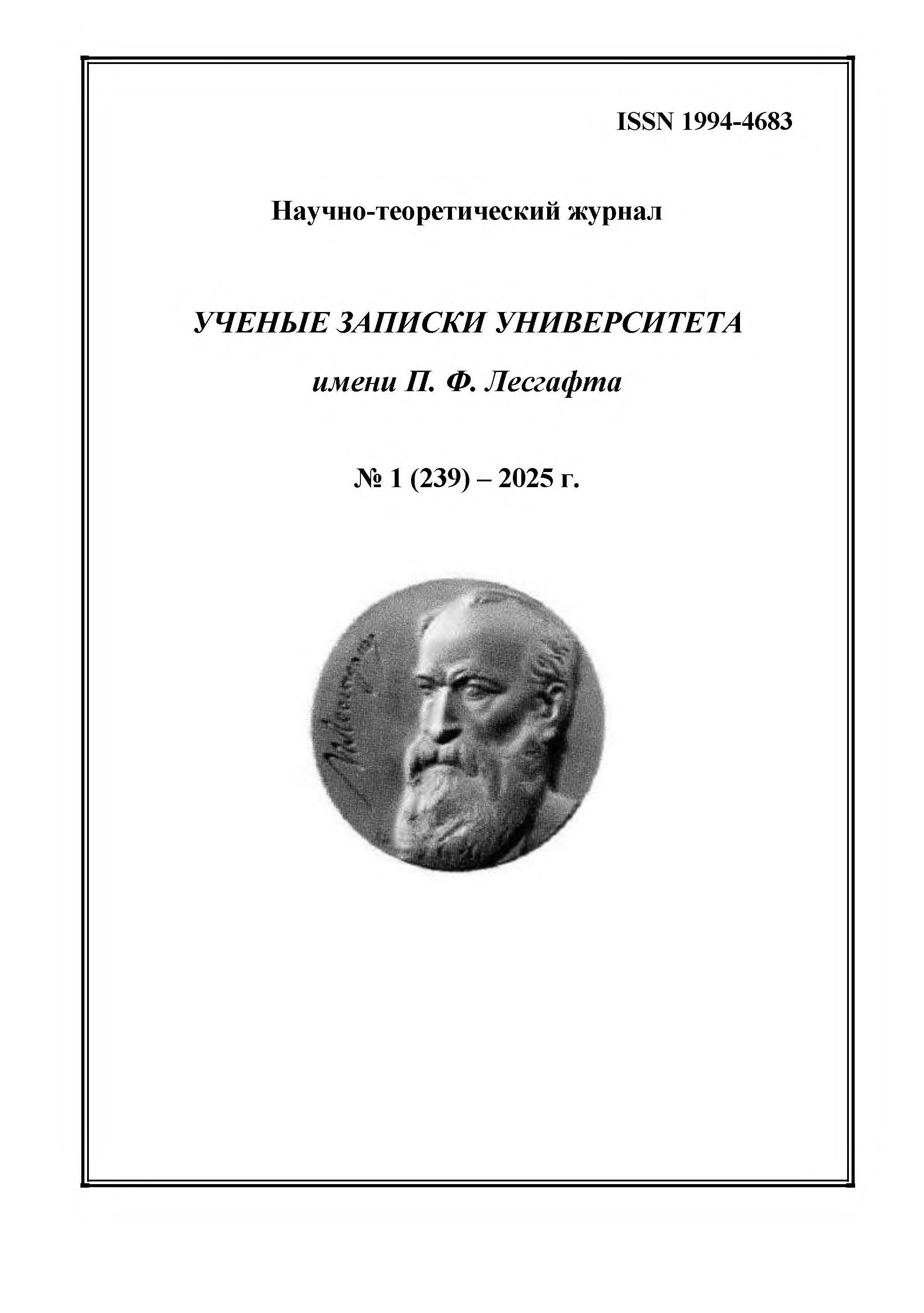Russian Federation
graduate student from 01.01.2023 until now
CSCSTI 77.29
The purpose of the study is to identify the optimal approach in the application of the principle of supercompensation in structuring the training process in bodybuilding, aimed at the development of muscle mass. Research methods and organization. Methods of analysis and generalization of scientific and methodological literature have been employed. An analysis of the requirements for the structure of the training process has been conducted, taking into account the phases of the development of athletes' performance. Research results and conclusions. The identified contradictions in the approach to using the principle of supercompensation for enhancing the functional capabilities of the human body and developing muscle mass indicate the inadequacy of employing the classical model of supercompensation proposed by L.P. Matveev for training athletes engaged in bodybuilding. As a working hypothesis, the impact on the mechanism of muscle tissue hypertrophy has been chosen by utilizing the heterochronism of supercompensation of the fundamental functions and structures that influence muscle growth in strength training.
bodybuilding, supercompensation, training and educational process
1. Alsukhin A. (2024), “On the history of the emergence of bodybuilding in Russia and the world”, Actual problems of theory and methods of armwrestling, bodybuilding, kettlebell lifting, mass-wrestling, powerlifting and weightlifting, Cheboksary, pp. 3–9.
2. Bitkin V. M. (2016), “The principle of supercompensation and its application in the practice of sport”, Collection of materials of the 67th scientific-practical and scientific-methodical conference of the teaching staff of the SSAFKST on the results of research and development for 2016, Smolensk, pp. 196–197.
3. Antonov A. (2013), “Features of planning”, The Iron World, No 8-9, URL: https://prosportlab.com/works/strength-training/ch9 (date of reference: 26.04.2025).
4. Kiz'ko A. P. (2004), “The alternation of physical impact and rest in sports training”, Theory and Practice of Physical Culture, No 12, pp. 30–34.
5. “BOSST of Professor Y.P. Sergeev”, URL: https://triskirun.ru/7338-bosst-professora-yu-p-sergeeva.
6. Monakhov V. V., Ivanenko V. V., Ivanov O. V., Kirillov A. G. (1984), “Automated control systems of rowing vessels - as a means of realizing the reserve capabilities of an athlete”, Scientific and Sports Bulletin, No. 3, pp. 33–35.
7. Issurin V. B., Lyakh V. I., Levushkin S. P. (2023), “Results of research and practical recommendations on the construction of training athletes on the basis of block periodization”, Bulletin of Sports Science, No 2, pp. 15–22.
8. Trutnev P. V. (2006), “Experimental substantiation of the increase of work capacity of judoists of high qualification before competitions”, autoref. dis. ... cand. ped. sciences, Krasnoyarsk, 28 p.
9. Tambovtseva R. V. (2013), “Dynamics of biochemical processes in the recovery period after muscle work”, Issues of functional training in the sport of highest achievements, V. 1, No 1, pp. 124–130.






